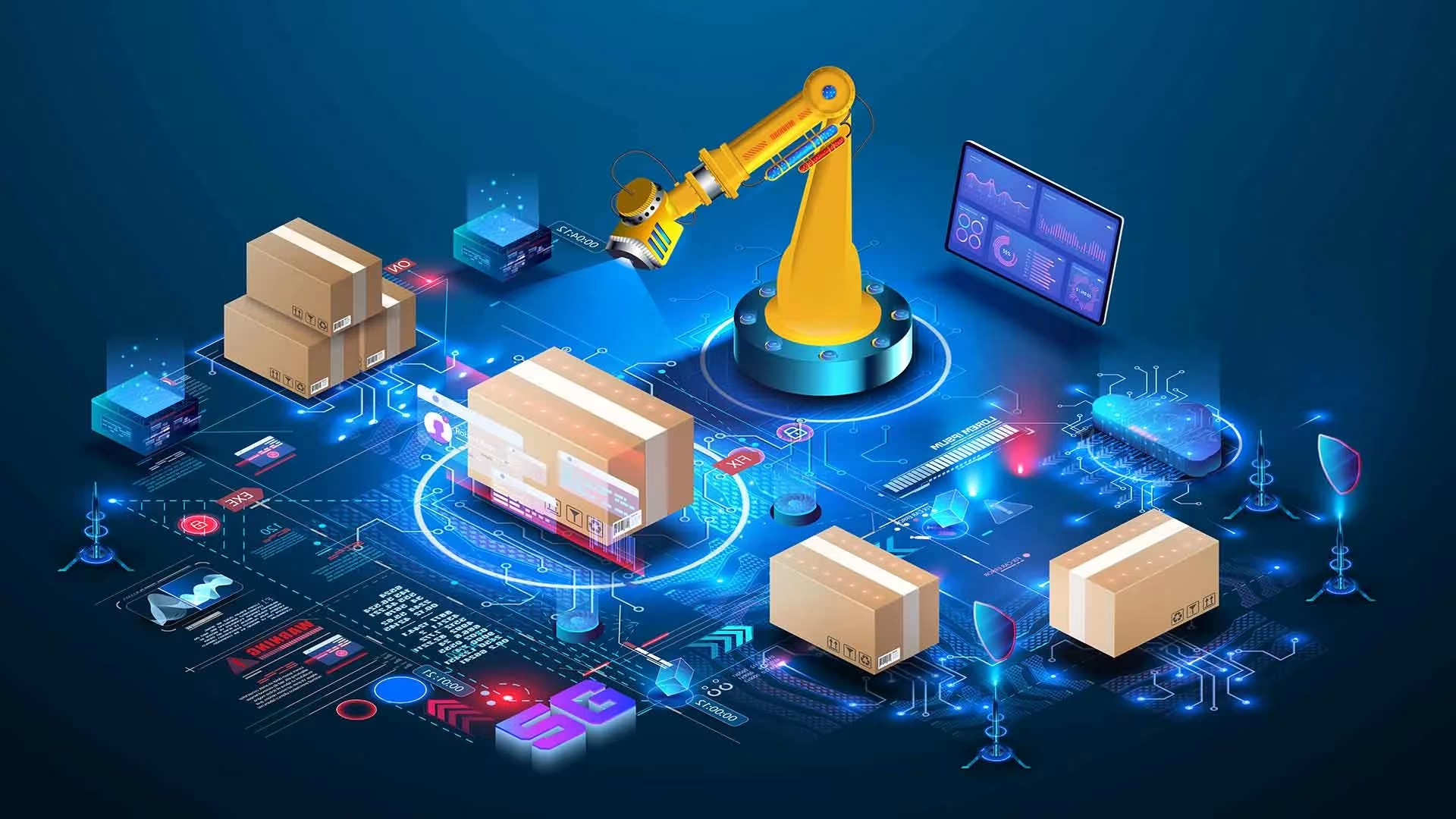Every supply chain runs on people first, not trucks or software. You can build the smartest system in the world, but without the right minds behind it, it collapses fast. Strategy means nothing if the team can’t adapt when the plan breaks. The real advantage comes from people who think fast, challenge limits, and move goods across borders with precision. That’s where leadership meets logistics, and where your next big leap begins.
Aligning Workforce Planning with Operational Demands
Predicting demand is useless if your team can’t keep up. Workforce planning needs to move at the same speed as your operations. Every person, every role, and every shift must connect to the system like parts of a machine. Start with clear data. Track when things slow down, who solves it, and what skills they use. Then hire people who think, adapt, and act. That’s how you turn planning into performance.
Bring HR and logistics together instead of treating them as separate silos. HR manages people capacity. Logistics manages supply flow. When both speak the same language, things move faster. Training happens before gaps appear. Hiring decisions support future demand instead of patching today’s problems. Managers stop guessing and start leading with clarity.
Why it matters
- Speed: Teams move in rhythm with production, cutting waiting time.
- Accuracy: The right skills in the right place prevent errors before they start.
- Scalability: Growth feels steady, not chaotic, when people plan for scales with demand.
- Cost control: Smart staffing stops overspending on overtime or idle labor.
- Resilience: Teams stay calm under pressure because structure replaces confusion.
Building Reliable Networks for Global Operations
Every global operation stands on the strength of its network. Products move because people and systems move together. Reliability comes from discipline, shared data, and clear responsibility—not luck. Your team needs instant visibility into suppliers, transit points, and delivery hubs. When everyone works from the same source of truth, decisions happen faster and errors shrink.
Also, it’s important to have trusted companies and partners in every part of your supply chain. For example, if you are shipping goods from China to Canada, you need a reliable freight forwarder from China to Canada who cooperates closely with your team, provides complete transparency, and keeps every detail visible in real time. Similarly, if you’re managing production across regions, you need dependable local logistics providers who align with your communication systems and timing. Reliable partners keep your network stable when demand surges or routes change.
Networks become resilient when built on relationships that perform under stress. HR develops the mindset; logistics manages the movement; leadership connects the dots. The best companies treat partnerships as extensions of their teams, not transactions. When markets shift, these partnerships hold the system together.
How to build reliability that lasts:
● Transparency: Let everyone see the same data in real time.
● Consistency: Keep standards steady across all locations.
● Adaptability: Prepare for reroutes before they’re necessary.
● Accountability: Measure what matters and reward precision.
● Trust: Build it early so it holds under pressure.
Empowering Teams to Respond to Supply Chain Disruptions
When the supply chain breaks, people—not systems—restore order. Trucks stop, ports close, data lags. What happens next depends on how much freedom your team has to act. Real empowerment isn’t about slogans. It’s about trust, clarity, and fast thinking when nothing goes as planned. Teams that own their actions don’t wait for permission—they make decisions and keep the operation moving.
You prepare for disruption long before it arrives. Practice different scenarios. Let people see how their choices ripple through the process. Build habits around communication, not panic. When something fails, a team that knows how to think will always beat one that just follows rules.
Ways to empower teams:
- Share live information: Keep everyone connected to the same truth.
- Train through action: Use small problems to test real responses.
- Remove bottlenecks: Let decisions move without delay.
- Reward courage: Value people who act with judgment, not fear.
- Give tools, not scripts: Equip them to solve, not to wait.
What strong teams share:
- Leadership that listens and stays visible.
- Coordination between HR, logistics, and daily operations.
- Accountability that runs in both directions—top down and bottom up.
Integrating HR and Logistics Insights for Strategic Growth
Growth doesn’t come from separate departments doing their best work. It comes when HR and logistics share one vision—people and systems moving toward the same target. HR knows how teams behave; logistics knows how goods move. When those insights connect, strategy becomes sharper and execution cleaner.
Start with shared data. Let HR see where bottlenecks slow production, and let logistics understand where talent gaps stall delivery. When both teams measure performance through the same lens, waste disappears. Decision-making turns practical instead of political.
How to align insight with action:
- Create joint dashboards that track both workforce and operational performance.
- Involve HR in logistics planning and logistics in workforce forecasting.
- Build training programs based on real supply data, not assumptions.
- Hold joint reviews where teams fix weak points together.
Conclusion
Great systems don’t grow alone. People build them, improve them, and keep them running when pressure hits. When HR and logistics share the same pulse, progress feels natural. Teams stop competing and start building together. Strategy turns into motion, not meetings. Growth becomes the result of alignment, not luck.



